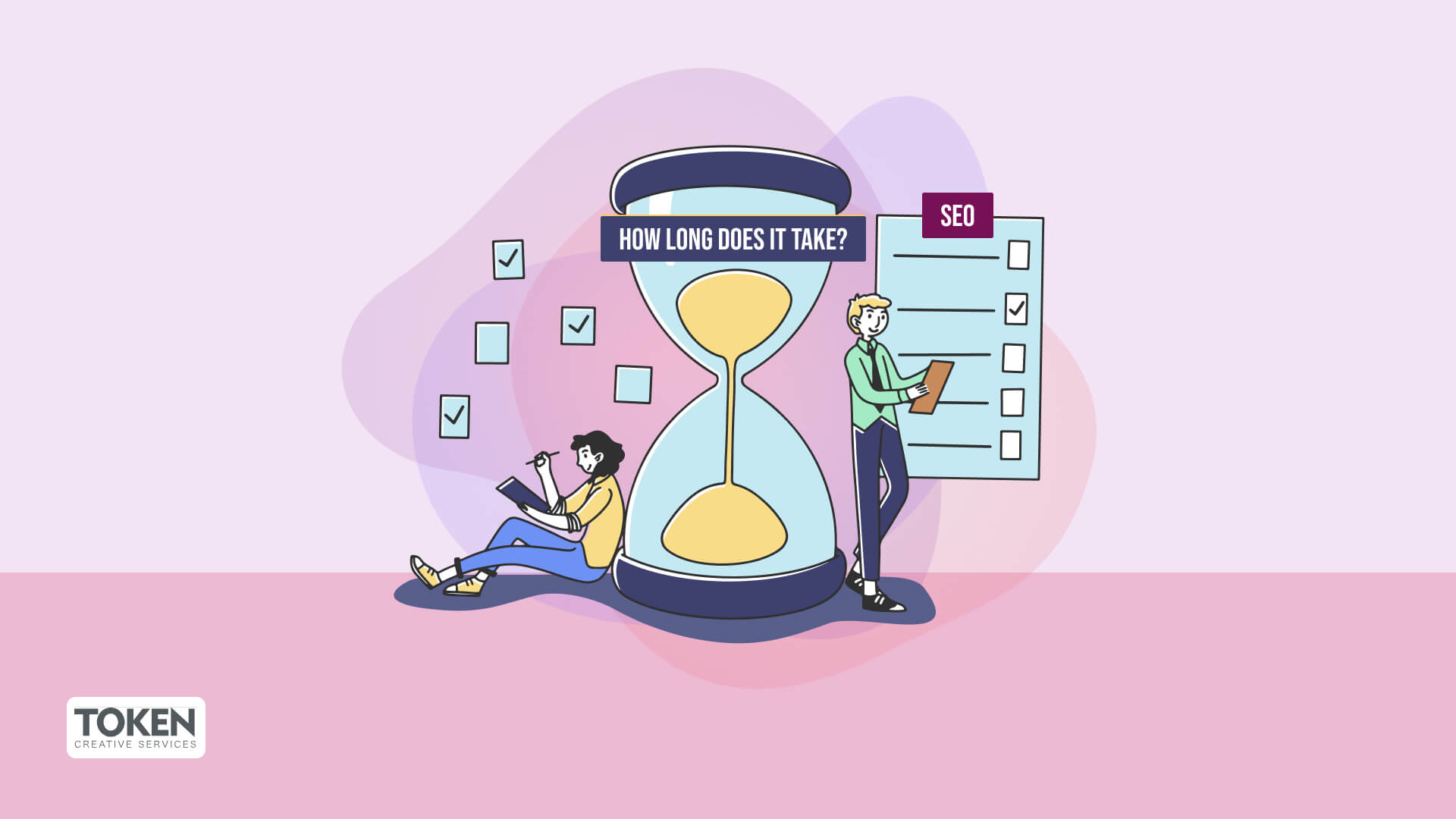
In today's digital marketplace, online store SEO is a fundamental aspect of running a profitable online store. With Google and Bing being the main source of traffic for most digital retail businesses, optimizing your store for SEO can greatly influence your reach, sales, and overall expansion. According to BrightEdge, over 53% of all site visits comes from natural search, making it vital for online retailers to prioritize SEO strategies that improve rankings and drive conversions. This guide will help you understand eCommerce SEO methods, best practices, and practical data findings to help your business thrive in a competitive market.
Understanding Online Store SEO and Its Significance
SEO for online stores goes beyond standard website optimization. It includes improving item listings, collections, and the overall website architecture to improve rankings and UX. According to Moz, the top-ranking websites on Google get 31.7% of all traffic, while lower-ranked listings receive significantly less visibility. By adopting an well-planned eCommerce SEO plan, businesses can generate natural traffic and minimize reliance on advertising-based marketing.
Key online store SEO elementsinclude keyword research, site optimization, structured data, loading performance, and mobile-friendliness. Google’s mobile-first indexing further highlights the importance of enhancing for mobile eCommerce, as over 72.9% of online store transactions now come from mobile devices (Insider Intelligence).
Keyword Research: The Backbone of Online Store SEO
Effective online store keyword research customer interaction is essential for appearing higher in Google site optimization listings. By identifying the optimal keywords, businesses can target prospective buyers at different phases of the purchase process.
Steps for Successful Keyword Research:
Identify Buyer Intent Keywords: Use platforms like Google Keyword Planner, Ahrefs, and SEMrush to find high-converting buying-related keywords (e.g., "buy running shoes online").
Leverage Specific Keywords: Phrases like "best running shoes for flat feet" often have less rivalry and higher conversion rates.
Analyze Competitor Keywords: Tools like SpyFu and Ubersuggest help uncover keywords that drive visitors to rival sites.
Optimizing Product and Category Pages for SEO
Product and collection listings serve a vital role in eCommerce SEO. Optimizing these pages guarantees higher rankings and a seamless user experience.
Best Practices for Item Page SEO:
Use Original Item Descriptions: Prevent duplicate text by crafting custom descriptions.
Optimize Headings & Meta SEO techniques Summaries: Include main search terms while keeping them appealing and to-the-point.
Add Clear Images with Alt Text: Improves search visibility and betters UX.
Internal Linking: Guide users and search engines to related products and collections.
Enhance Your ECommerce Sales with Professional SEO
Having trouble to boost your position and increase website traffic to your eCommerce site? Token Creative Services specializes in eCommerce SEO that enhances search presence, attracts the right audience, and turns visitors into customers.
Stand out in search. Get sales. Dominate your market.
Let’s talk for a tailored SEO solution that delivers real results.
Conclusion
eCommerce SEO is a continuous effort that requires strategic approach, implementation, and patience. By implementing best practices, improving item and category pages, and concentrating on site optimization, digital retailers can achieve sustainable growth. As search engine algorithms keep to change, staying updated with the newest digital SEO trends is essential.
Are you ready to take your online store to the next level? Begin optimizing today.
Comments on “The Ultimate eCommerce SEO Guide: Strategies, Tricks & Best Practices for Digital Growth”